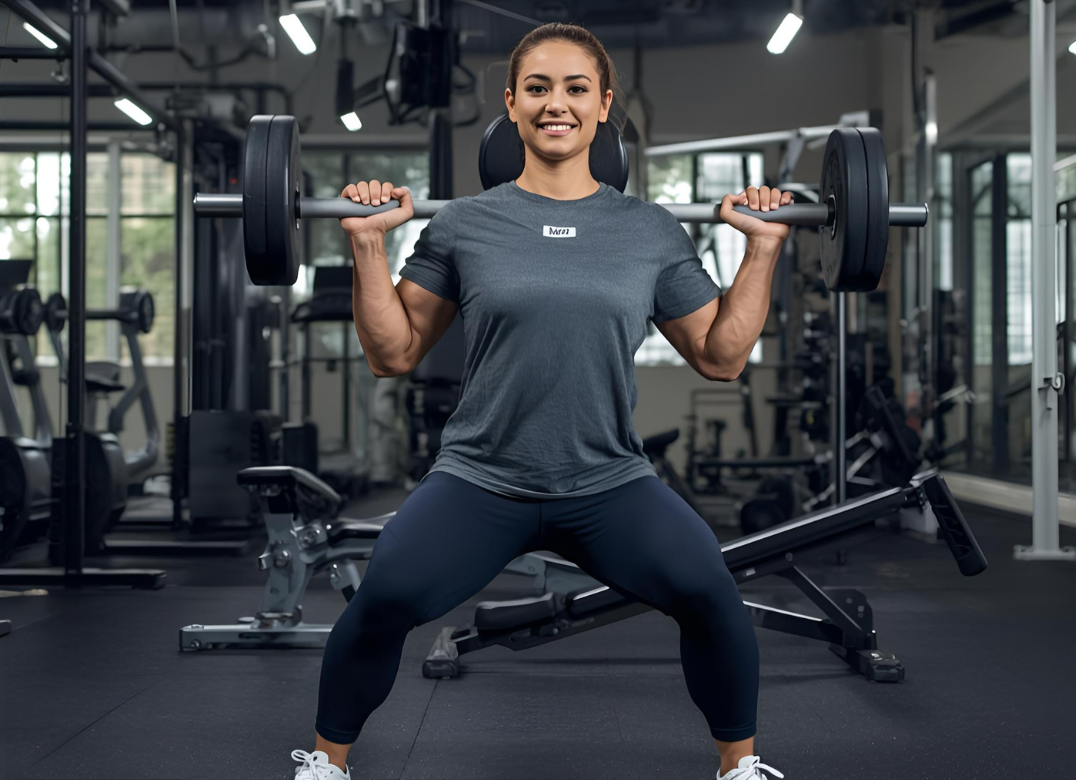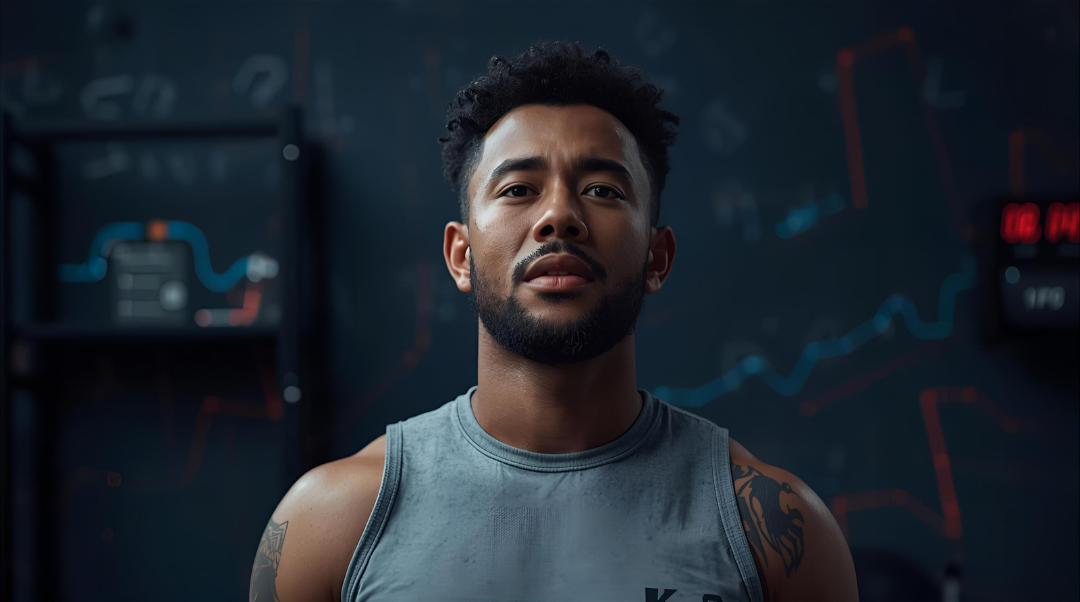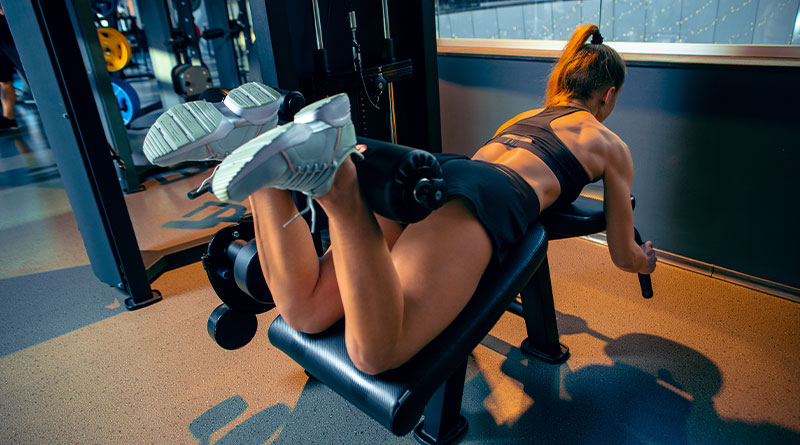Recovery is just as important as training, but it’s often neglected until an injury forces athletes to slow down. From pulled muscles to chronic lower back strain, poor recovery strategies can cost weeks of progress. For many, the typical routine of stretching and ice packs isn’t enough.
Now, artificial intelligence (AI) is stepping in to change how we approach fitness recovery. By combining real-time data with advanced analysis, AI tools are helping athletes and everyday people improve pain management, adopt better injury prevention strategies, and get back on track faster. Whether you’ve experienced a pulled hamstring, tweaked lower back, or ongoing neck muscle pain, AI is making recovery more precise and personalized.
Pain Management Goes Smart
Traditional pain management often means trial and error, trying medications, generic stretches, or waiting for a referral to a specialist. AI is removing much of that guesswork.
Modern platforms are now able to pinpoint problem areas by analyzing wearable tracker data, training loads, and even your movement patterns. For example, AI can detect early signs of a lumbar strain or muscle imbalance that might cause a tweaked back. Instead of waiting until pain becomes severe, it can suggest evidence-based routines for pulled muscle relief, lumbar strain treatment, or even superior pain relief strategies tailored to your profile.
Some AI-driven pain management consultants are going further by using predictive analytics. They can identify when you’re most at risk for flare-ups and recommend adjustments—like reducing intensity, swapping an exercise, or adding mobility work. The result is functional pain relief that adapts to your lifestyle, not just a short-term fix.

AI in Physical Therapy
Physical therapy has always been a cornerstone of long-term recovery, especially for conditions like rheumatoid arthritis or chronic lower back strain. What’s changing now is how AI is being integrated into the therapy process.
Instead of generic exercise sheets, patients can now receive programs that evolve in real time. AI platforms assess progress by analyzing motion through smartphone cameras or wearable sensors. For instance, if someone is struggling with neck strain relief or tweaked lower back exercises, the system can adjust the plan automatically.
Some AI-driven platforms, such as Athlix, are already showing how personalized guidance can support recovery from injuries like a pulled muscle or lumbar strain, helping people stay consistent with their rehab.
Specialized clinics are also adopting AI to assist with holistic physical therapy and performance sports therapy. In these settings, AI works alongside therapists to track range of motion, ensure proper form, and highlight risks of compensation injuries. For athletes, this level of personalization can mean the difference between a two-week recovery from a pulled calf muscle and a lingering injury that drags on for months.
Injury Prevention Strategies
One of the most powerful ways AI is reshaping fitness recovery is through prevention. Rather than waiting for injuries to happen, athletes can now use AI-driven systems to minimize risks before they become setbacks.
Keywords like injury prevention strategies, sports injury prevention, and back injury prevention are no longer abstract ideas—they’re measurable programs powered by data. For example, AI can review training logs and detect fatigue patterns that increase the likelihood of groin strain, quad strain treatment, or hamstring strain recovery.
AI is also helping teams and individuals implement structured prevention routines like the ACL prevention program. By monitoring movement quality in real time, these systems highlight poor landing mechanics, uneven loading, or muscle imbalances that contribute to tears and strains.
For office workers or casual fitness enthusiasts, AI wellness apps can recommend micro-breaks, stretching routines, or ergonomic corrections. This reduces the risk of common issues like neck muscle pain relief needs, repetitive strain, or workplace sprains.

Recovery From Muscle Strains
Muscle strains are some of the most frustrating injuries because they linger if not treated correctly. Whether it’s a pulled hamstring recovery time, torn calf muscle treatment, or pulled muscle in lower back, recovery often depends on catching the problem early and progressing steadily.
AI makes this process smoother by offering personalized recovery blueprints. For example, if you log a pulled groin muscle treatment plan into an AI app, it can break down healing stages—acute care, mobility restoration, strengthening, and return-to-sport. Along the way, it tracks progress markers like swelling, range of motion, or pain levels.
One of the biggest benefits is avoiding re-injury. Many athletes rush back to training after a strain, only to suffer a setback. AI can act as a safeguard, alerting you when your movement patterns still show instability or weakness. This prevents small setbacks from turning into chronic issues like groin injury or neck strain relief cycles.
By blending classic rehab methods with new data-driven insights, AI shortens lumbar strain recovery time and optimizes calf strain recovery. Instead of guessing, you know exactly when to rest, when to move, and when to push.
The Future of AI in Fitness Recovery
AI in fitness recovery is just getting started. The future lies in combining therapies—integrating myofasci
We may soon see AI-driven wellness physical therapy that blends lifestyle, nutrition, and recovery science. Imagine an app that not only tracks your strain levels but also recommends sleep routines, hydration strategies, and stress management, all tailored to your unique recovery needs.
The ultimate goal is proactive health: stopping injuries before they happen and guiding recovery before pain becomes chronic.
Conclusion
AI isn’t replacing therapists or doctors; it’s giving them sharper tools and giving athletes more control over their recovery. From pulled hamstring recovery time to back injury prevention, technology is making pain management, physical therapy, and injury prevention smarter and more accessible.
If recovery has always felt like guesswork, now is the time to explore how AI can provide personalized exercise guidance, daily wellness tracking, and smarter prevention strategies. The future of fitness recovery isn’t about doing more, it’s about doing what works best for your body, guided by the intelligence of data.
Sahil Sachdeva is the Founder of curemedoc.com and a Digital Marketing professional with years of experience. If you need help in Content writing and want to increase your website ranking, connect with him, as he has some premium websites where you can share blogs with DoFollow links and increase your website’s ranking on Google.





